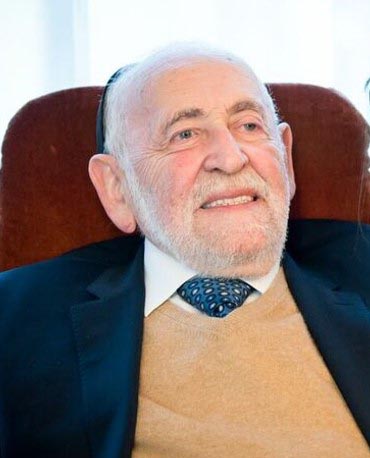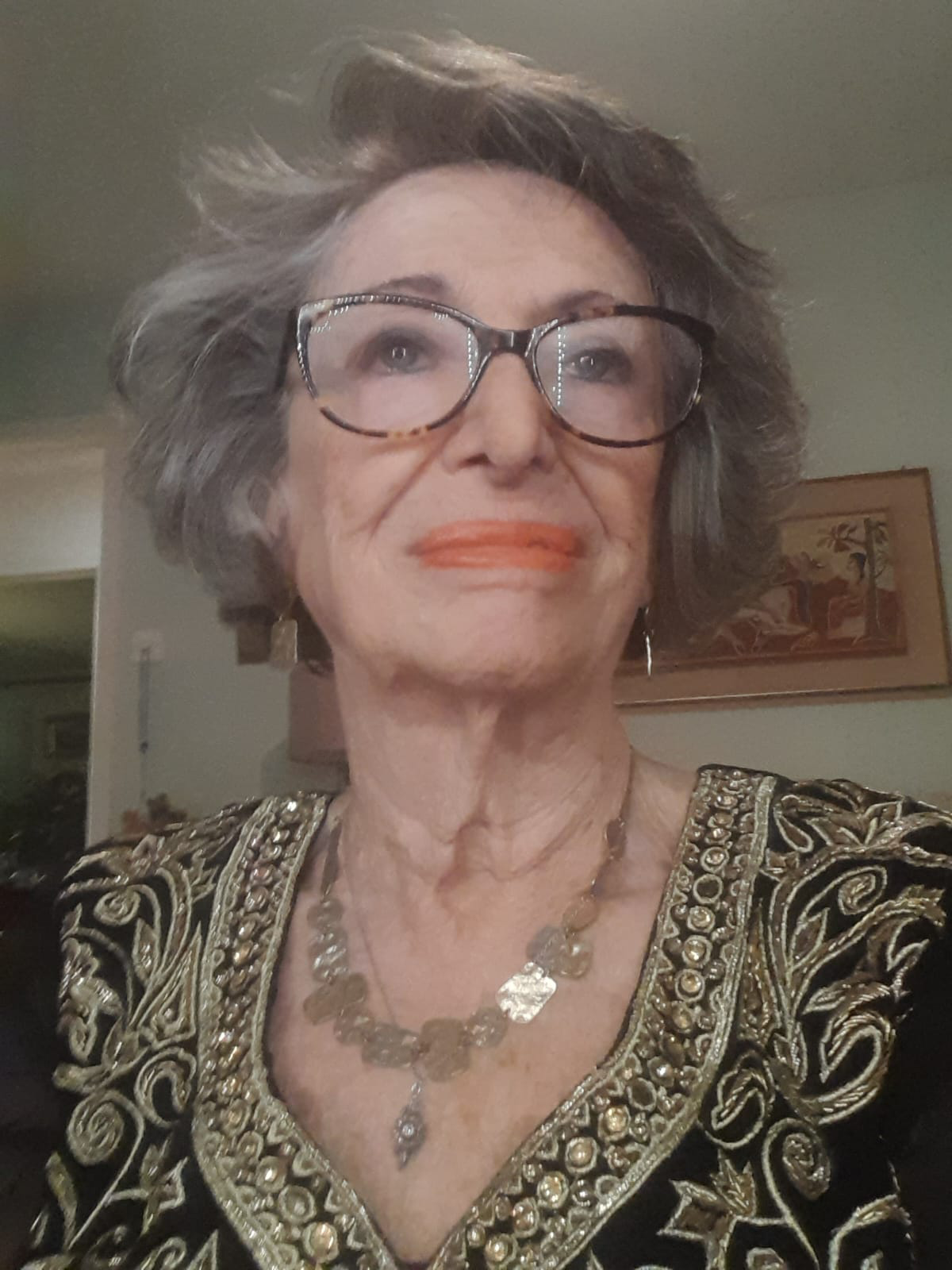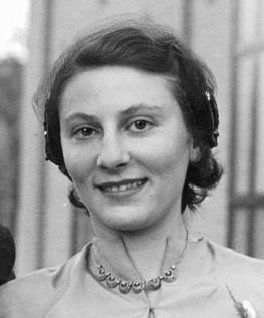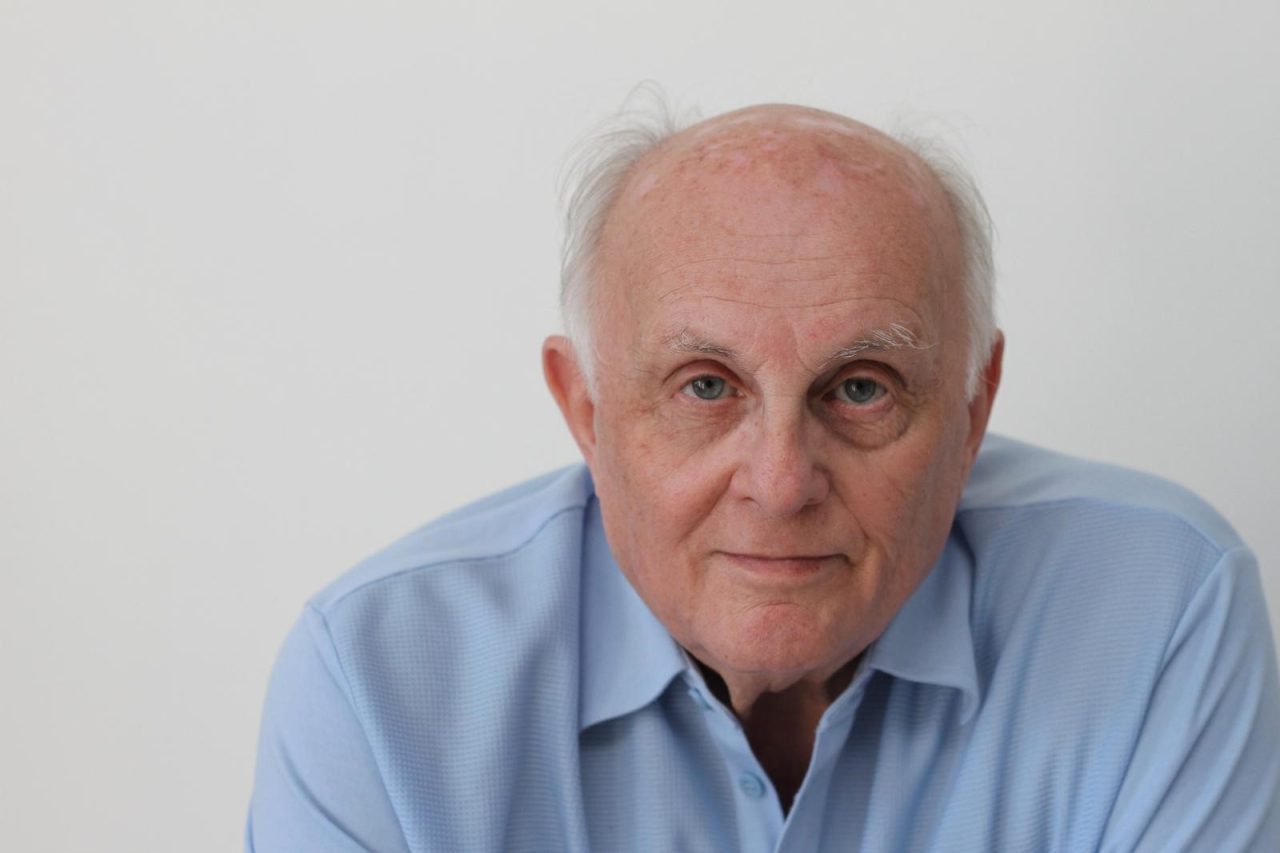
Eva Clarke BEM
Eva Clarke BEM was born under unimaginably harrowing circumstances in the final days of World War II. Her birth, on 29 April 1945, just outside the gates of the Mauthausen concentration camp in Austria, came just one day after the Nazis had run out of gas for the chambers and less than a week before liberation by the US Army.








